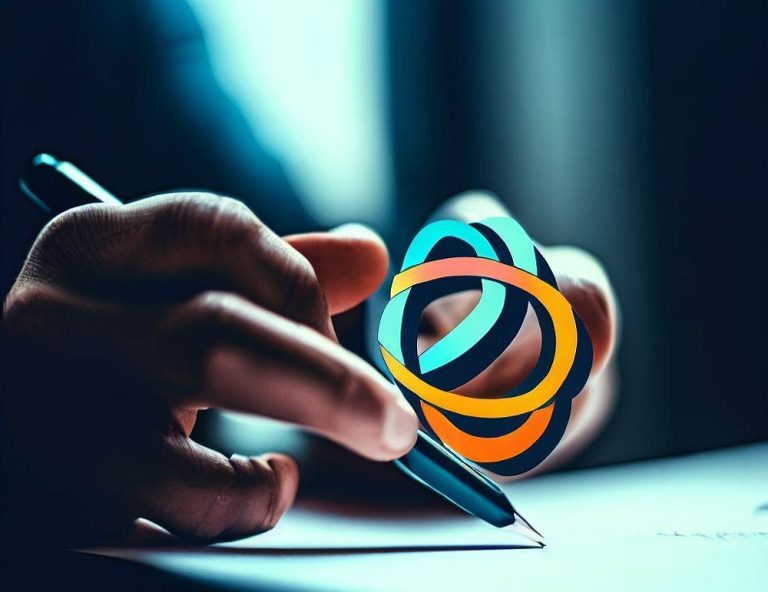Typography In Logo Design: Learn About The Importance Of Typography Selection

Typography is a crucial element in logo design, capable of conveying the personality, style, and message of a brand. The careful selection, thoughtful pairing, and skillful customization of typefaces play a pivotal role in creating a unique and impactful logo.
In this blog post, we will delve into the world of typography in logo design, exploring its importance and the key considerations that designers must address. By mastering the art of typography, designers can elevate their logo creations to new heights of visual appeal, legibility, and brand representation.
The Art of Typography in Logo Design: Crafting Unique And Impactful Logos
1. Typeface Selection: Setting the Tone
The choice of typeface sets the tone and establishes the visual language of a logo. Different typefaces evoke distinct emotions and convey specific traits. Serif typefaces exude tradition, elegance, and authority, while sans-serif fonts communicate modernity, simplicity, and clarity.
Display typefaces are expressive and often used for emphasis or creative purposes. By carefully selecting a typeface that aligns with the brand’s personality and message, designers can effectively communicate the intended brand attributes through the logo.
2. Font Pairing: Achieving Harmony and Contrast
Font pairing is the art of combining two or more typefaces harmoniously to create a visually appealing logo. Pairing complementary typefaces with contrasting qualities can add depth, hierarchy, and visual interest to the design.
Contrasting fonts, such as a bold and clean sans-serif with an elegant script, create a dynamic interplay and draw attention to specific elements. Consistent font pairing across brand assets also helps in building a cohesive visual identity for the brand.
3. Customization: Tailoring Type for Uniqueness
Customizing typefaces can bring a unique touch to a logo, making it stand out from the crowd. Customization allows designers to tweak letterforms, adjust spacing, or create custom ligatures and glyphs, resulting in a logo that is one-of-a-kind.
This level of customization ensures that the logo perfectly aligns with the brand’s identity, avoiding the limitations of pre-existing typefaces. However, it is crucial to strike a balance between customization and legibility to ensure the logo remains recognizable and functional.
4. Legibility and Scalability: Maximizing Impact
Legibility is of utmost importance in logo design. A logo must be readable and clear, even in small sizes or in challenging contexts. Choosing typefaces with clear letterforms, appropriate spacing, and sufficient contrast ensures that the logo remains legible across different mediums and scales. Scalability is another critical consideration. A logo should maintain its visual integrity and legibility when reproduced in various sizes, from a tiny favicon to a large billboard.
5. Cultural and Brand Considerations: Context is Key
Cultural and brand considerations influence typography choices in logo design. Different typefaces may have cultural associations that vary across regions, making it vital to research and understand these nuances when designing for diverse audiences. Moreover, the typefaces chosen should align with the brand’s industry, values, and target market.
A tech startup might opt for a sleek and modern typeface, while a vintage-inspired brand may favor retro or decorative fonts. Aligning typography with the brand’s context ensures a cohesive and impactful logo design.
Color Psychology In Logo Design: The Emotional Impact Of Colors
Conclusion
Typography is a powerful tool in logo design, capable of conveying a brand’s personality, style, and message. Typeface selection, font pairing, and customization contribute to the creation of unique and impactful logos that resonate with the target audience.
By understanding the importance of typography and addressing key considerations such as legibility, scalability, cultural influences, and brand context, designers can create logos that not only captivate visually but also effectively represent the brand’s identity.
Typography becomes the voice of the logo, speaking volumes about the brand and leaving a lasting impression on viewers.






